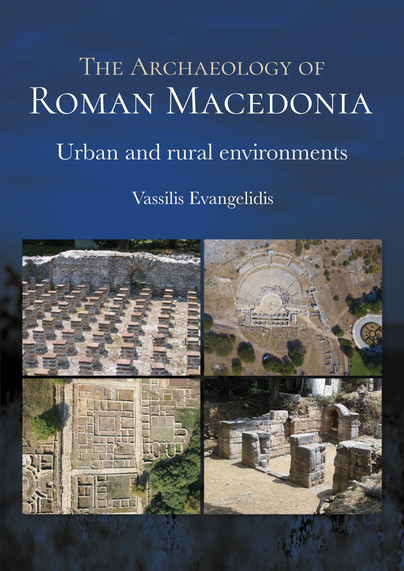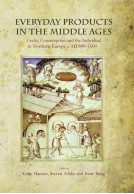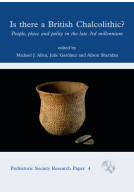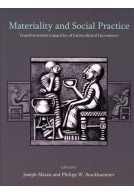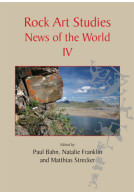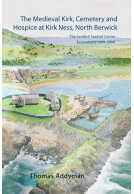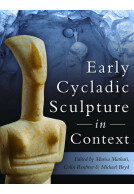Google Books previews are unavailable because you have chosen to turn off third party cookies for enhanced content. Visit our cookies page to review your cookie settings.
The Archaeology of Roman Macedonia (Paperback)
Urban and Rural Environments
By
Vassilis Evangelidis
Imprint: Oxbow Books
Pages: 224
Illustrations: B/w
ISBN: 9781789258011
Published: 15th May 2022
Script Academic & Professional
Imprint: Oxbow Books
Pages: 224
Illustrations: B/w
ISBN: 9781789258011
Published: 15th May 2022
Script Academic & Professional
You'll be £39.50 closer to your next £10.00 credit when you purchase The Archaeology of Roman Macedonia. What's this?
+£4.99 UK Delivery or free UK delivery if order is over £40
(click here for international delivery rates)
Order within the next 7 hours, 16 minutes to get your order processed the next working day!
Need a currency converter? Check XE.com for live rates
(click here for international delivery rates)
Order within the next 7 hours, 16 minutes to get your order processed the next working day!
Need a currency converter? Check XE.com for live rates
Macedonia is a region that provides its own intriguing questions due to its position on the fringe of the classical Greek world. It is also an area that is of special interest to students of history and archaeology of Roman period Greece, since it was the first to be incorporated in the Roman state. Macedonia shared a similar path of development with Achaea during the imperial period. As provinces far from productive zones and frontiers, both played a minor role in the imperial administrative structure. Beneath this similarity, however, lie many differences: in Macedonia’s proximity to the Balkans, its early contact with Rome, its relatively low level of urbanization, its multicultural context and its sizeable economy, which played their own role in the formation of the urban and rural environments.
With a focus on elements of the built environment and human habitat, this book examines old and new archaeological evidence to present a concise overview of the archaeology of the area and develop a better perception of the region in terms of archaeology of the built environment, architecture and architectural influences, urbanization and use of land and resources from the 2nd century BC to the early 4th century AD. Driven by a set of key questions that are addressed through the archaeological evidence, the book explores key issues in understanding the archaeology of the area, like the role of architectural tradition and innovation, the interdependency between practical bases of architecture and socio cultural aspects, the exploitation of local resources, and the role of external influences. Special importance is given to the interaction of Greek, Roman and local cultures and the ways that the formation of the built environment eventually led to the assimilation of ideas from East and West in terms of workmanship, use of materials, design and function.
"The Archaeology of Roman Macedonia is a most welcome addition to the future study of the first Roman province in the eastern Mediterranean."
Opuscula - November 2023
Other titles in Oxbow Books...







